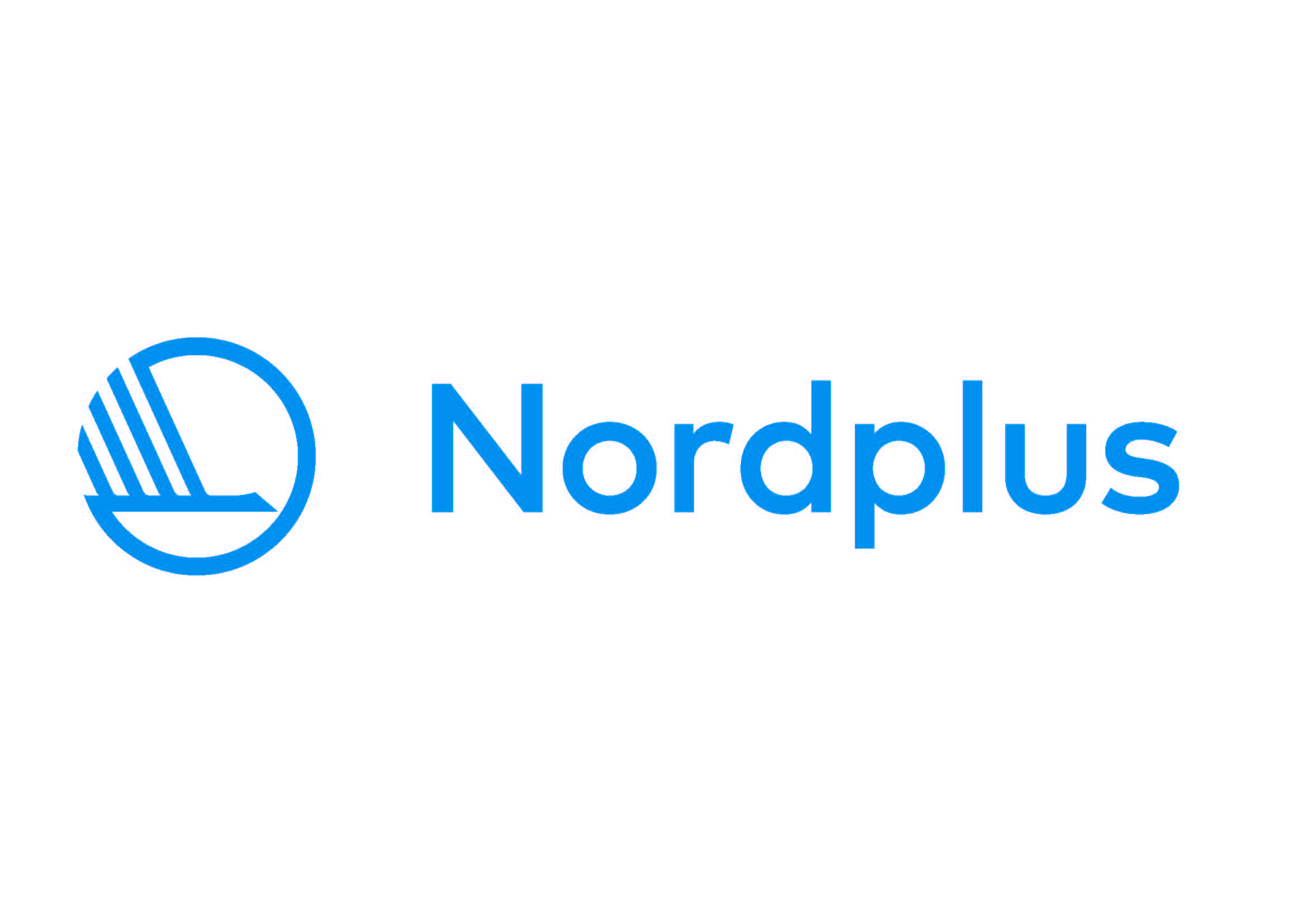Teaching period: 6-8 August 2018
Teacher(s): Maarin Ektermann
ECTS: 1
Number of available place for KUNO students: 2
Level: (BA/MA) both
Requirements: Participants are expected to submit a letter of motivation
Application deadline: May 6 2018
How to apply: Information about application requirements, dates and ECTS are written on the web page of the course https://www.artun.ee/summeracademy/the-contemporary-art-field-in-estonia/
Course description:
The Contemporary Art Field in Estonia short course is meant for international art history or curatorship students who are who are studying contemporary Estonian or Baltic art, are interested in the contemporary Estonian art world and in working with Estonian artists, curators or art historians, plan to enrol at the Estonian Academy of Arts and are looking for an overview of how the local art landscape operates. The workshop will be led by Academy of Arts teaching staff member, head of the Centre for General Theory Subjects and freelance art critic Maarin Ektermann.
The short course provides an overview of how contemporary art scene in Estonia functions - the most important organizations, the movers and shakers, the currently important and active artists from different disciplines, and the types of events being held. The causal factors behind the art scene are also explored, starting from the restoration of independence, Estonian art in the context of the regional and broader international art scene, and much more.
Topics to be discussed:
" Trends in contemporary art (social criticism, new painting, installation - architectural approach - public space, photography, graphic design, applied arts, etc.). Examples of artists and their work.
" The functioning of the art scene - who is active (what types of professions are feasible in Estonia), how are they funded (Ministry of Culture, Cultural Endowment of Estonia, creative industries, the law that requires a 1% art budget for public buildings, private capital, the art market, artists and work), general diagnostics - bottlenecks and success stories. The development of the art scene since the 1990s, illustrated by keywords.
" Central institutions and platforms (public and private capital-based). What is characteristic for, e.g. galleries, town galleries in county seats, creative industries centres, etc.? Other examples: artists' residencies, culture factories, Tallinn Art Hall, Tartu Art Museum, Temnikova and Kasela Gallery, Centre of Contemporary Art Estonia, Artists Union.
" Formats and locations of various events. Concentration of art scene mainly in Tallinn and Tartu - what's going on elsewhere?
Learning outcomes:
The participant
- has an overview of trends in contemporary art in Estonia
- has an overview of the functioning of the art scene in Estonia (who is active, how are they funded) and development of the art scene since the 1990s
- has an overview of the central institutions and platforms (public- and private capital-based)
- has an overview of the formats and locations of various events
Maarin Ektermann is an art critic and a teaching staff member at the Academy of Arts. She is currently the Head of the Centre for General Theory Subjects at the EAA.
In addition to examining how various audiences might feel more at home in an art museum, she also writes art criticism as frequently as she can. She is one of the initiators and leaders of the Artishok (Artichoke) art blog project and headed the MÄRZ project space in Tallinn Old Town. In addition, she has been connected with the organizers of number of festivals, discussions, conferences, focusing on advancing art criticism, funding art and self-initiated practices. As part of her doctoral research, she has studied DIY art practices and points of contact with emancipatory learning in Berlin and New York.


